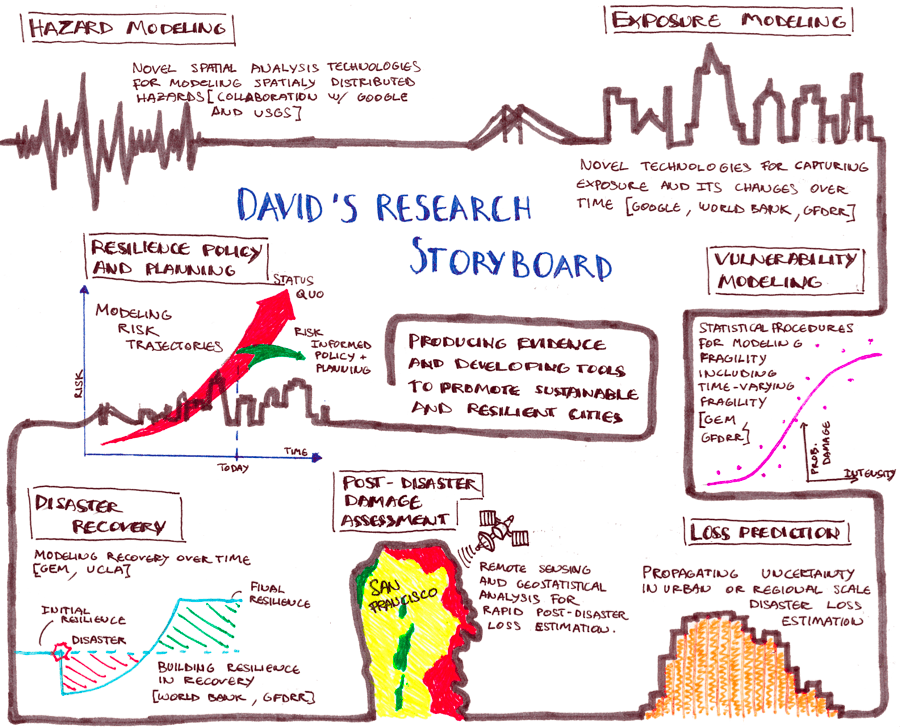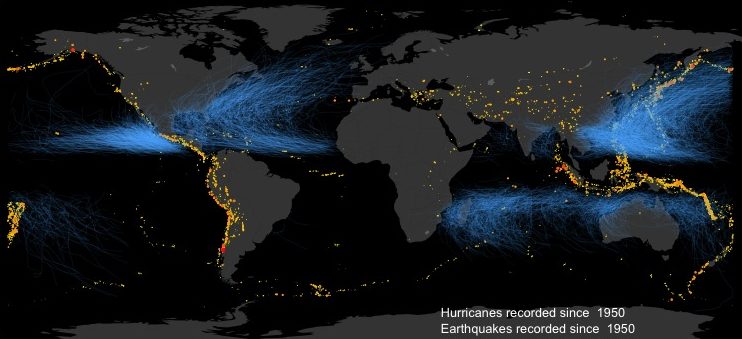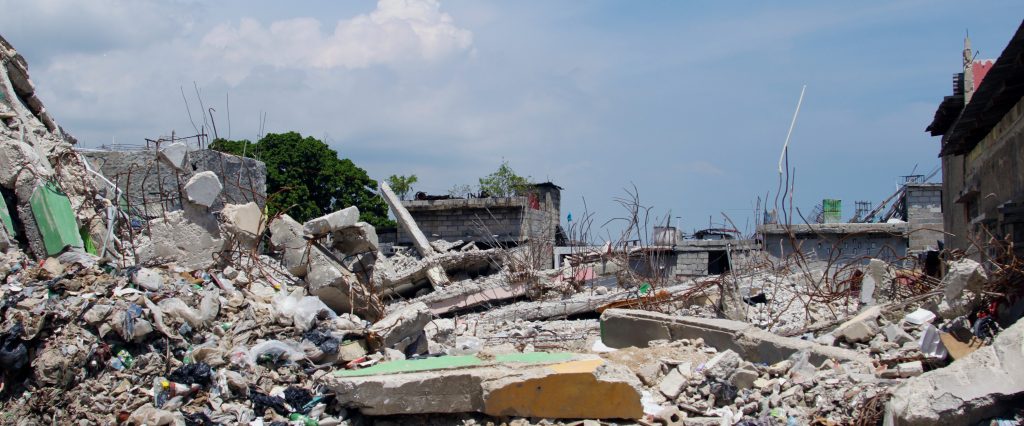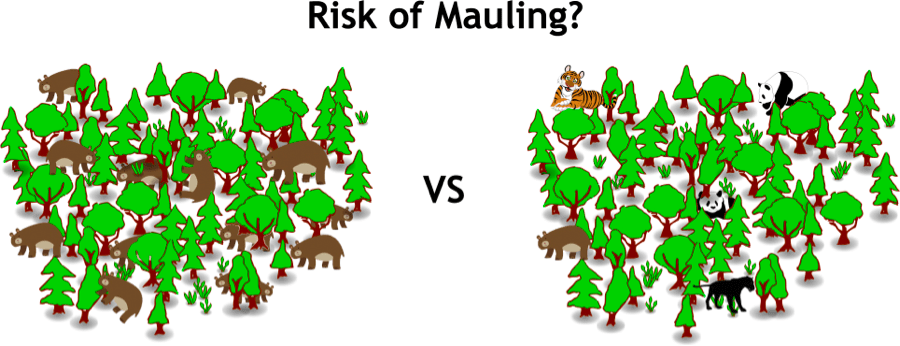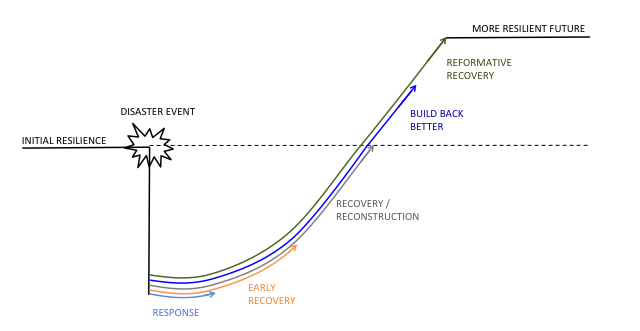Storyboarding my Research on Urban Disaster Risk
I’m passionate about my work and therefore enjoy sharing it with others. So I wanted to explore how I could communicate it differently, and in the most concise and effective way possible. The overall problem that my research tackles— urban disaster risk —is a complex one and so my research mirrors that complexity. So I…
Read more
